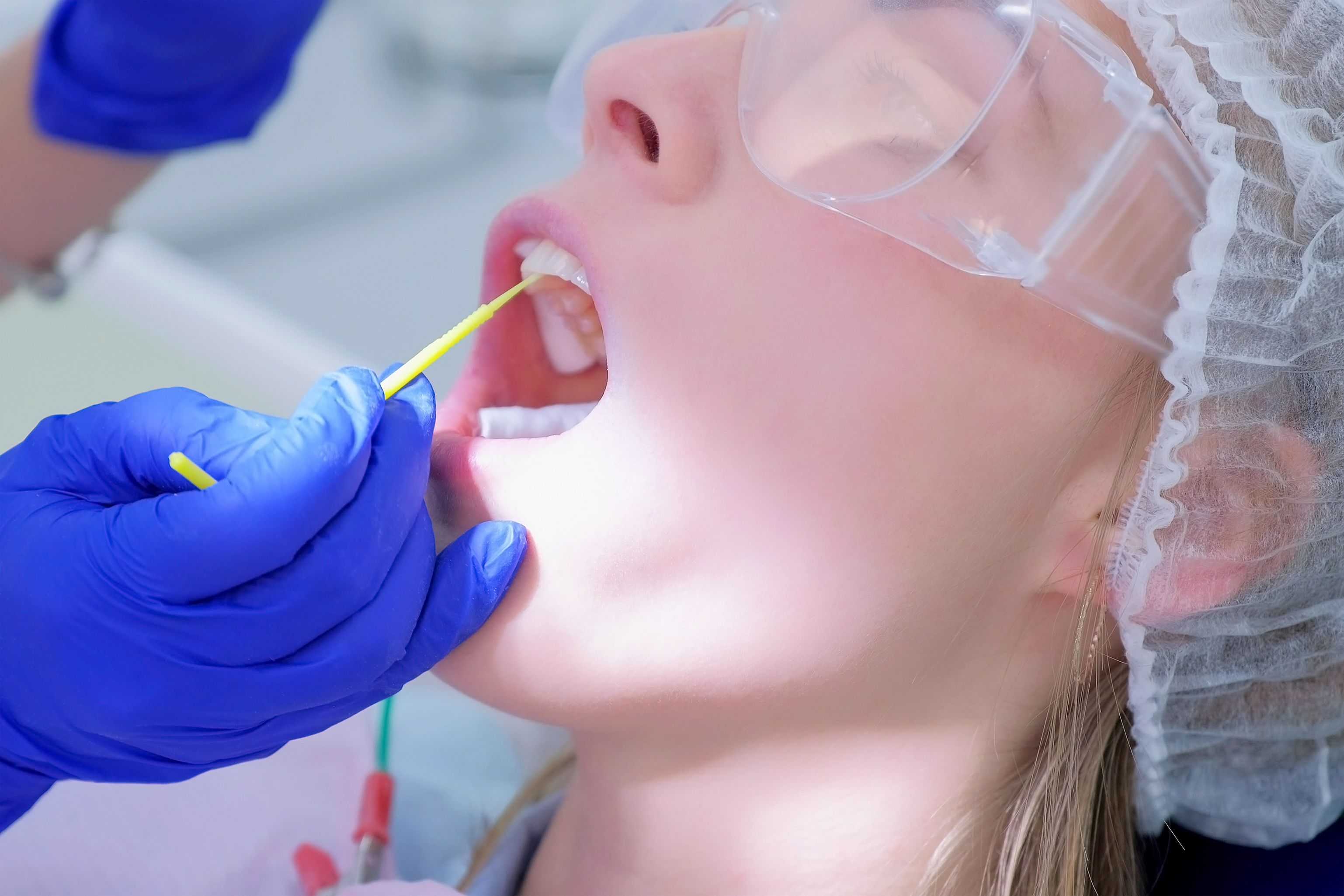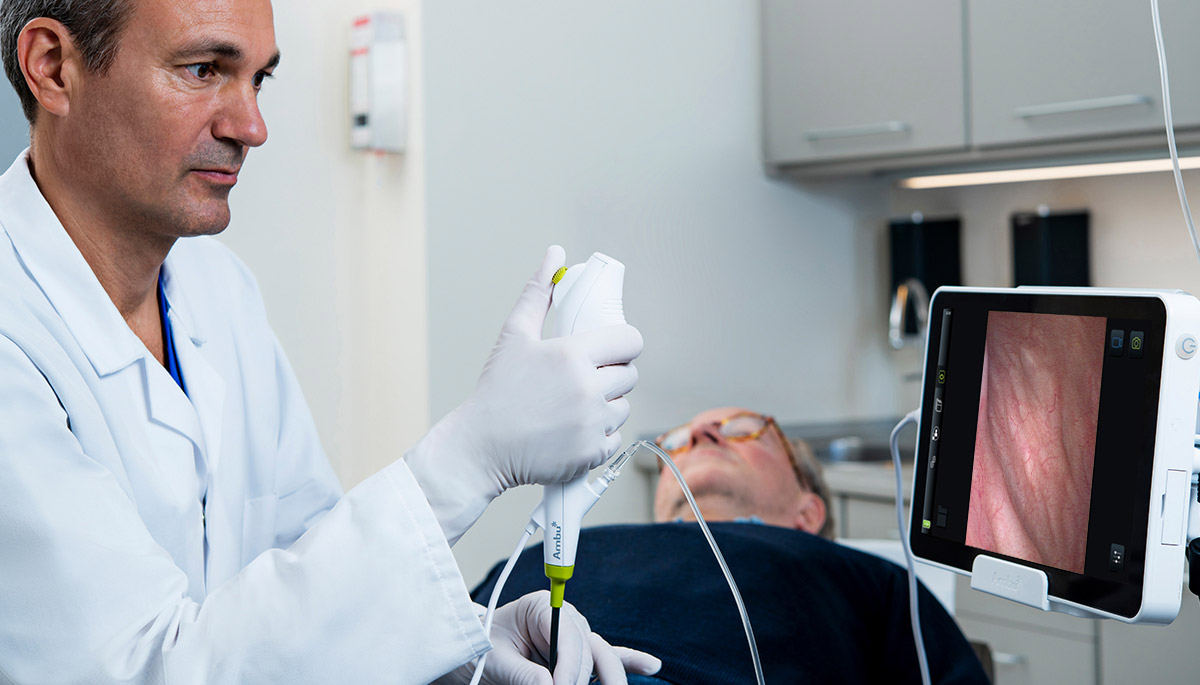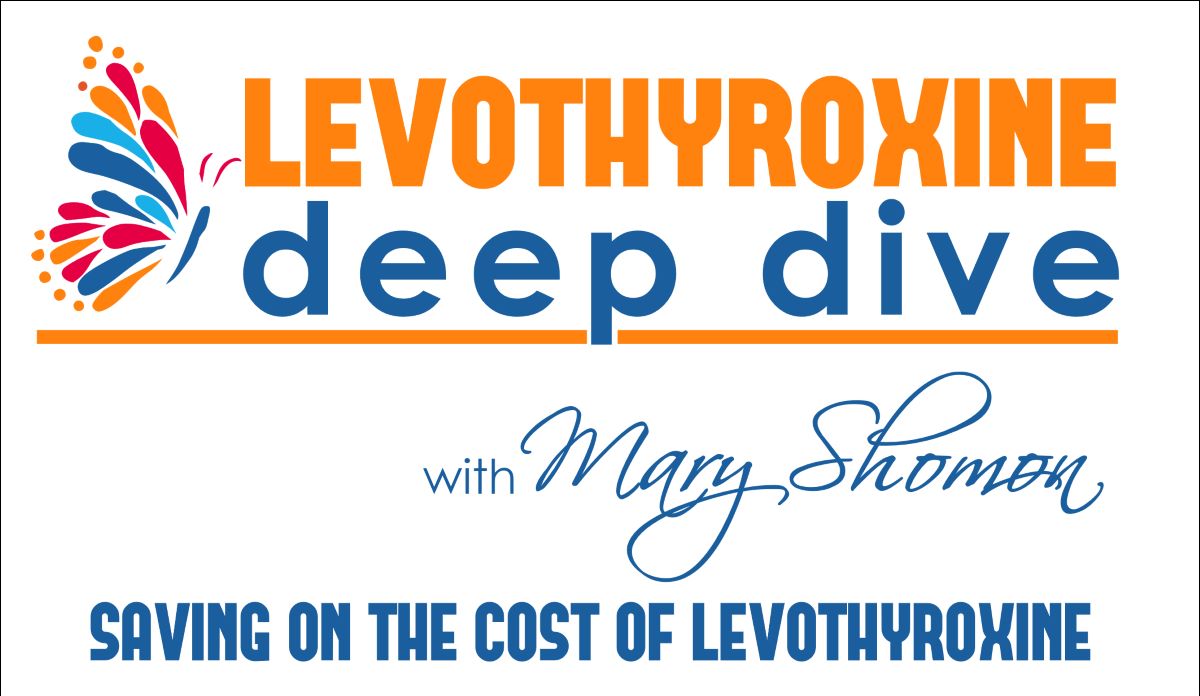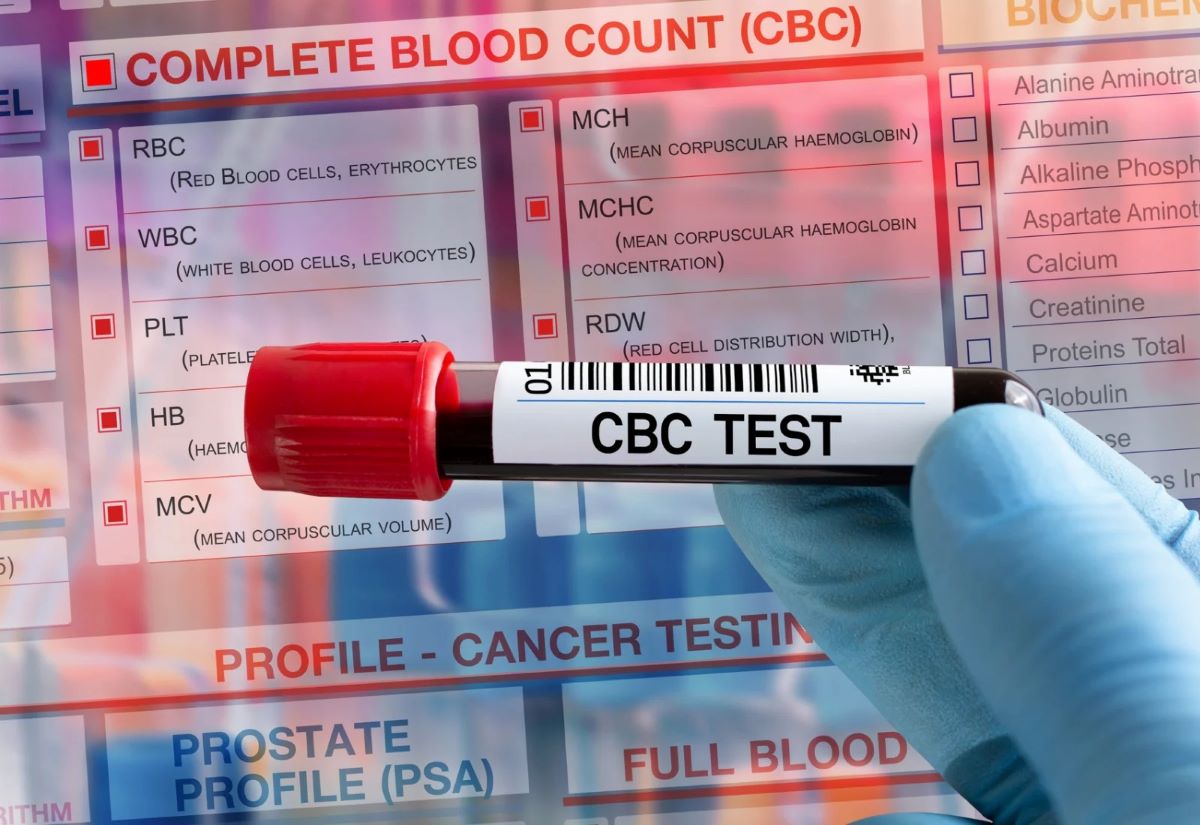

Finance
How Much Does Fluoride Cost Without Insurance
Published: November 13, 2023
Find out the average cost of fluoride treatment without insurance and explore financing options to manage your dental expenses.
(Many of the links in this article redirect to a specific reviewed product. Your purchase of these products through affiliate links helps to generate commission for LiveWell, at no extra cost. Learn more)
Table of Contents
Introduction
Fluoride is a naturally occurring mineral that has been proven to be beneficial for dental health. It strengthens tooth enamel, making it more resistant to decay and cavities. While fluoride is commonly found in toothpaste and mouthwash, some individuals may require additional fluoride treatments to maintain optimal dental health.
In a perfect world, everyone would have access to affordable dental insurance that covers fluoride treatments. However, the reality is that many people do not have dental insurance or may have limited coverage for preventive treatments like fluoride. This raises an important question: How much does fluoride cost without insurance?
In this article, we’ll explore the options available for fluoride treatments without insurance coverage and the factors that can impact the cost. We’ll also discuss affordable alternatives to help individuals maintain good oral health, even without insurance.
It’s important to remember that while fluoride treatments can be beneficial, it’s always a good idea to consult with a dental professional before undergoing any treatment. They will be able to provide personalized advice based on your specific dental needs.
Now, let’s delve into the world of fluoride and uncover the cost of treatments without insurance coverage.
What is Fluoride?
Fluoride is a mineral that occurs naturally in water, soil, plants, and rocks. It plays a crucial role in maintaining dental health by helping to prevent tooth decay. When fluoride is applied to teeth, it is absorbed into the enamel, the outer layer of the tooth, making it stronger and more resistant to acid attacks caused by bacteria and sugary foods.
Fluoride can be found in various sources, including community water supplies, toothpaste, mouthwash, and dental treatments. The use of fluoride has contributed significantly to the decline in cavities and the overall improvement in oral health over the years.
There are two types of fluoride: systemic fluoride and topical fluoride. Systemic fluoride is ingested through food, water, or fluoride supplements and becomes incorporated into developing teeth. This type of fluoride provides benefits for both baby teeth and permanent teeth.
On the other hand, topical fluoride is directly applied to the teeth through toothpaste, mouthwashes, and professional dental treatments. It provides localized protection by strengthening the enamel and reducing the risk of decay.
Fluoride treatments are especially beneficial for individuals at higher risk of developing cavities, such as children, teenagers, and adults with dry mouth conditions or a history of frequent cavities. Dentists may recommend fluoride treatments to patients at their regular check-ups or when they notice signs of early tooth decay.
It’s important to note that while fluoride treatments are highly effective in preventing tooth decay, they should be used in conjunction with regular brushing, flossing, and dental check-ups to maintain optimal oral health.
Fluoride Treatment Options Without Insurance
For individuals without dental insurance coverage, there are still several fluoride treatment options available to help maintain good oral health. While professional dental treatments may be more effective, there are also over-the-counter products that can provide some level of fluoride protection.
1. Professional Dental Treatments:
- Fluoride Varnish: This is a common fluoride treatment provided by dentists. It involves applying a gel or varnish directly to the teeth, allowing the fluoride to penetrate the enamel and strengthen it. The varnish is usually applied with a brush or a tray, and it sets quickly, making it a convenient option.
- Fluoride Foam: Similar to fluoride varnish, fluoride foam is also applied directly to the teeth. It comes in a foam consistency and is typically left on the teeth for a few minutes to allow the fluoride to absorb.
- Fluoride Gel: Dentists may also offer fluoride gel treatments, where a gel is placed in a tray that fits over the teeth. The tray is worn for a specific amount of time, allowing the gel to coat the teeth and provide the desired fluoride benefits.
- Prescription Fluoride Mouthwash: In some cases, dentists may prescribe a prescription fluoride mouthwash. This mouthwash contains a higher concentration of fluoride than over-the-counter options and can provide additional protection against tooth decay.
2. Over-the-counter Products:
- Fluoride Toothpaste: One of the easiest ways to incorporate fluoride into your daily routine is by using a toothpaste that contains fluoride. Look for toothpaste labels that specifically mention “fluoride” as an active ingredient.
- Fluoride Mouthwash: There are also over-the-counter fluoride mouthwashes available that can be used as an additional preventive measure. These mouthwashes contain fluoride and can be used daily to help strengthen tooth enamel.
It’s important to note that while over-the-counter products can provide some level of fluoride protection, professional dental treatments are generally more effective. Dentists have access to higher concentrations of fluoride and can apply it directly to the teeth, ensuring maximum benefit.
Consult with a dental professional to determine the most suitable fluoride treatment option for your specific needs and budget.
Cost of Fluoride Treatments Without Insurance
The cost of fluoride treatments without insurance can vary depending on several factors, including the type of treatment, the dental provider, and the geographical location. It’s important to keep in mind that these are general estimates and the actual cost may vary.
1. Professional Dental Treatments:
Fluoride varnish treatments typically range from $25 to $50 per treatment. The cost of fluoride foam treatments can range from $30 to $60, while fluoride gel treatments may cost between $20 and $40. Prescription fluoride mouthwashes can cost around $15 to $25 per bottle. It’s worth noting that these prices may vary depending on the dental practice and location.
2. Over-the-counter Products:
The cost of over-the-counter fluoride products is generally lower compared to professional dental treatments. Fluoride toothpaste can range from $2 to $5 per tube, depending on the brand and size. Fluoride mouthwash is typically priced between $5 and $10, again depending on the brand and size of the bottle.
It’s important to consider the long-term benefits when assessing the cost of fluoride treatments. While the upfront cost may seem significant, regular fluoride treatments can help prevent expensive dental procedures, such as fillings and root canals, in the future.
Additionally, some dental clinics and community health centers offer discounted or sliding scale fees for individuals without insurance coverage. It’s worth exploring these options to find more affordable fluoride treatments.
Lastly, it’s crucial to communicate with your dental provider about any financial constraints or budget concerns you may have. They may be able to recommend alternative treatment options or work with you to create a payment plan that fits your needs.
Remember, investing in preventive dental care, including fluoride treatments, can ultimately save you money by avoiding more extensive and costly dental procedures down the line.
Factors Affecting the Cost of Fluoride Without Insurance
Several factors can influence the cost of fluoride treatments when you don’t have dental insurance. It’s essential to be aware of these factors to better understand why the cost may vary.
1. Type of Treatment:
The specific type of fluoride treatment you choose can impact the cost. Professional treatments, like fluoride varnish or fluoride foam applied by a dentist, generally have a higher cost compared to over-the-counter products like fluoride toothpaste or mouthwash. Professional treatments often use higher concentrations of fluoride, resulting in a more effective preventive measure.
2. Location:
The cost of dental services, including fluoride treatments, can vary depending on your geographical location. Areas with higher costs of living or a higher demand for dental services tend to have higher treatment costs. Consider exploring different dental practices or clinics within your area to find options that fit your budget.
3. Dental Provider:
The dental provider you choose can also impact the cost of fluoride treatments. Different dental practices may have different pricing structures and fee schedules. It’s always a good idea to contact multiple dental providers to compare prices and inquire about any discounts or payment plans they may offer for patients without insurance.
4. Additional Services:
In some cases, fluoride treatments may be bundled with other dental services or part of a comprehensive preventive care package. This can affect the overall cost of the treatments. Be sure to clarify what is included in the treatment and whether there are any additional fees associated with other services.
5. Frequency of Treatments:
The recommended frequency of fluoride treatments can vary from person to person. Some individuals may require more frequent treatments, while others may only need them once or twice a year. The more frequent the treatments, the higher the overall cost. It’s best to consult with your dental provider to determine the appropriate frequency of treatments based on your oral health needs.
Understanding these factors can help you navigate the cost of fluoride treatments without insurance and make informed decisions about your oral health care. Remember to communicate openly with your dental provider about your financial situation to explore any cost-saving options available.
Affordable Options for Fluoride Treatments Without Insurance
While the cost of fluoride treatments without insurance may seem daunting, there are affordable options available to help you maintain good oral health. Here are some suggestions:
1. Dental Schools:
Dental schools often offer reduced-cost or discounted dental services to patients. Dental students, under the supervision of experienced faculty members, provide these services at a lower price. Contact your local dental schools to inquire about fluoride treatments and their associated costs.
2. Community Health Centers:
Community health centers are another great resource for affordable dental care. These centers aim to provide comprehensive healthcare services to underserved populations, including dental treatments. They often offer reduced fees based on a sliding scale, taking into account your income and ability to pay. Check for local community health centers in your area and inquire about fluoride treatments.
3. Discount Dental Plans:
Consider signing up for a discount dental plan, also known as dental savings plans. These plans offer discounted rates for a wide range of dental services, including preventive treatments like fluoride. You pay an annual or monthly membership fee to access discounted rates from participating dental providers. Research different dental savings plans available in your area to find one that suits your needs and offers reasonable rates for fluoride treatments.
4. Government-Sponsored Programs:
Some government-sponsored programs, such as Medicaid or the Children’s Health Insurance Program (CHIP), provide dental coverage for eligible individuals. Depending on your income level and the state in which you reside, you may qualify for these programs and receive coverage for fluoride treatments. Learn more about the specific dental coverage options available in your state and apply if you meet the criteria.
5. Freelance Dentists and Dental Clinics:
Some dentists or dental clinics offer their services at reduced rates or on a sliding fee scale to accommodate patients without insurance. Look for freelance dentists or smaller dental clinics in your area that may offer more affordable pricing. It’s worth reaching out and discussing your financial situation with them to see if they can provide fluoride treatments at a lower cost.
Remember, maintaining good oral health is important for overall well-being. If you are unable to afford professional fluoride treatments, it is still essential to use fluoride toothpaste and mouthwash regularly. These over-the-counter options provide some level of fluoride protection to help strengthen tooth enamel and prevent tooth decay.
Exploring these affordable options can help you access the fluoride treatments you need without breaking the bank. Prioritize preventive dental care and work with dental professionals to find the best solutions for your oral health needs and financial situation.
Conclusion
Although dental insurance coverage for fluoride treatments is desirable, many individuals find themselves without insurance or with limited coverage. However, this should not deter you from seeking fluoride treatments to maintain optimal dental health. Understanding the cost of fluoride treatments without insurance and exploring affordable options can help you prioritize preventive dental care and protect your teeth from decay.
Professional dental treatments, such as fluoride varnish, foam, and gel, provide the highest level of fluoride protection. While these treatments may come at a higher cost, they are often the most effective in preventing tooth decay. Over-the-counter options like fluoride toothpaste and mouthwash, although less potent, can still provide some level of fluoride protection at a more affordable price.
Factors such as the type of treatment, location, and dental provider can influence the cost of fluoride treatments without insurance. By being proactive and exploring affordable options, such as dental schools, community health centers, discount dental plans, and government-sponsored programs, you can access fluoride treatments at a reduced cost or on a sliding fee scale.
Remember, prevention is key when it comes to maintaining good oral health. Incorporating fluoride treatments into your oral care routine can help strengthen enamel, prevent tooth decay, and potentially save you from more extensive and costly dental procedures in the future.
It is essential to prioritize your oral health and explore the options available to you, even without insurance coverage. Consult with dental professionals, discuss your financial situation openly, and seek out affordable alternatives to ensure that you can access the fluoride treatments necessary for a healthy smile.
Ultimately, whether through professional treatments or over-the-counter products, incorporating fluoride into your dental care routine is a worthwhile investment in your long-term oral health.














